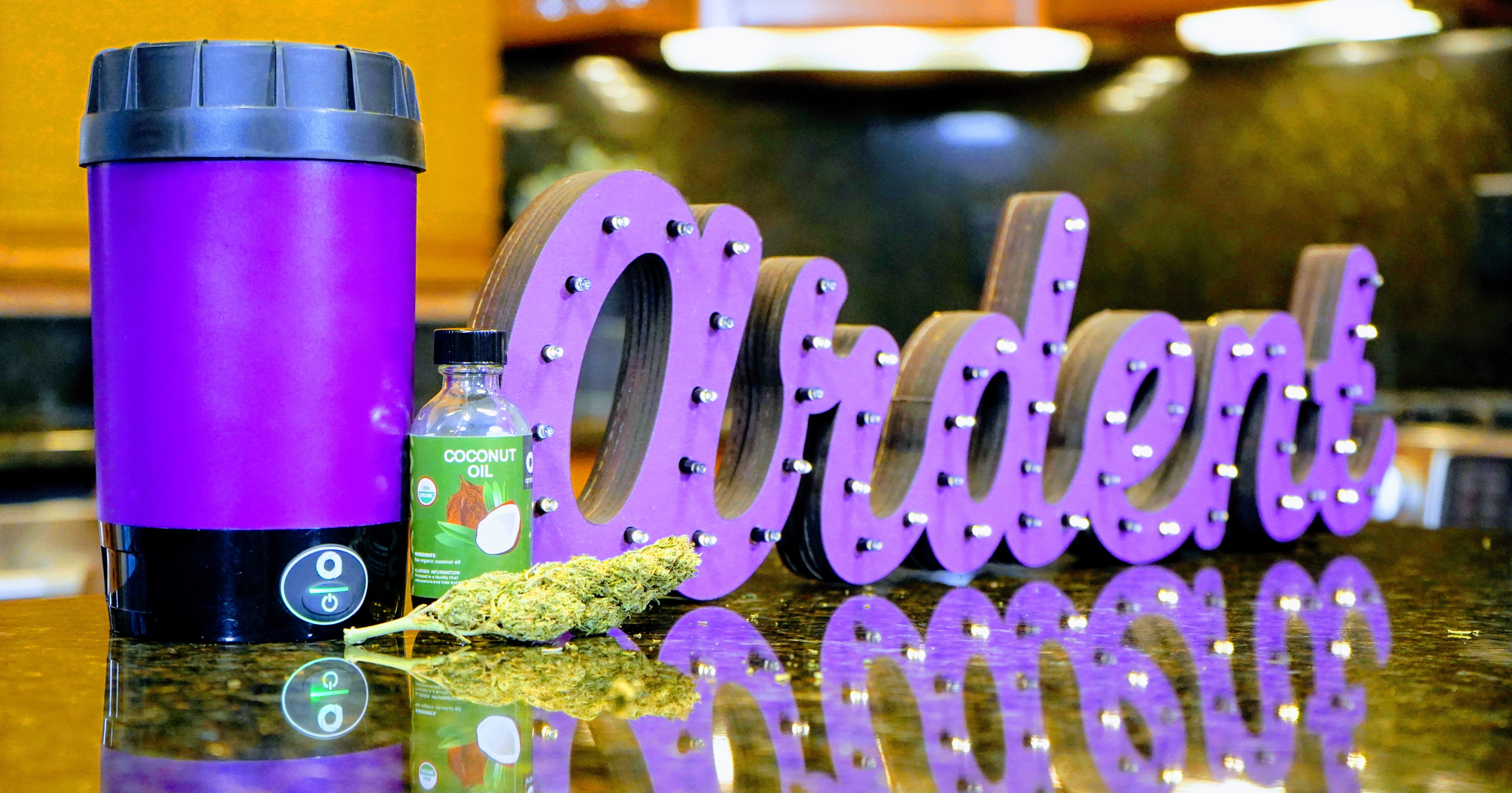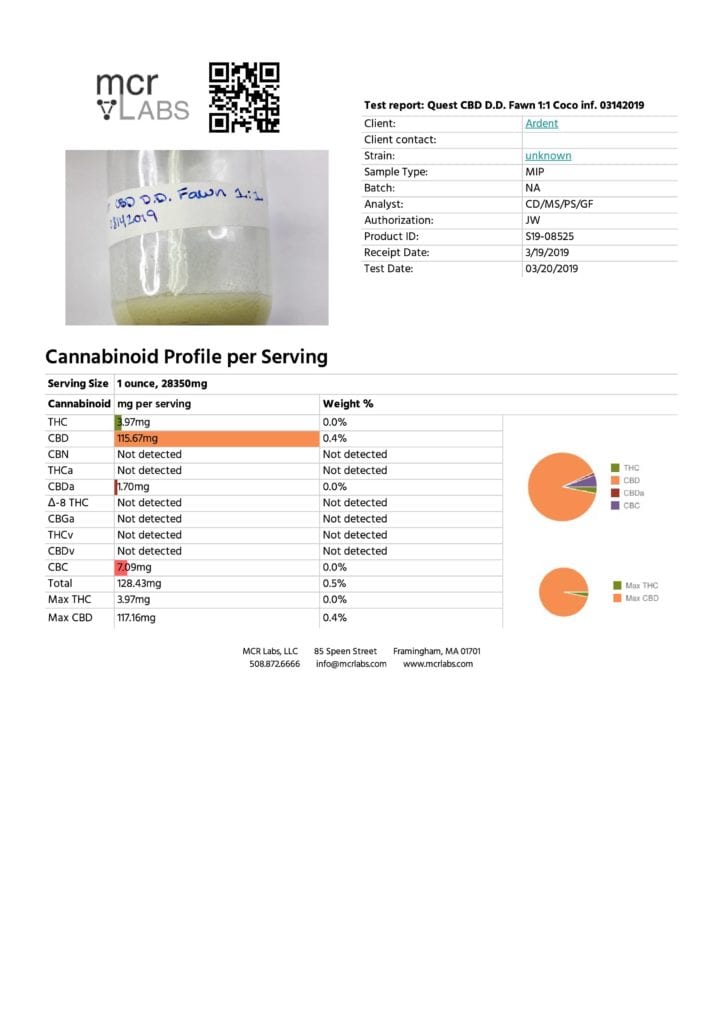Much like the THC decarb process, there’s a lot of misinformation surrounding CBD. This is mainly due to the lack of data regarding decarbing CBD – and the fact that CBD does require different decarb conditions than THC in some cases.
You’ve been asking for more information on decarbing and infusing CBD to make inexpensive and effective CBD products at home. Without further ado, here’s a discussion of CBD activation and infusion along with testing results so you can see how easy it is to replicate the process. Lets dive right in!
THE BIG REVEAL: CBD dominant strains need either 1 or 2 cycles in your decarboxylator for full activation, depending on THC content.

CBD is a cannabinoid, just like THC, and it has a ton of health benefits. Unlike THC, CBD is non-intoxicating, which has helped its push into the mainstream and created a huge demand. You might even see CBD being sold at your local gas station or corner store! Although CBD is becoming more readily available, it is important to beware of fake CBD and CBD made in an industrial settings, both of which have been flooding the market. Thankfully, its easy to make your own CBD products and know exactly what material you are introducing to body or sharing with your loved ones.
Use your Nova for easy, AFFORDABLE, high quality CBD.
Effective CBD decarboxylation starts with knowing how much THC is present in the strain you’re using. If there is more than 1% THC or THCA present in the strain, then one cycle in the decarboxylator will activate both the THC and CBD. However, if it is almost exclusively CBD, meaning less than 1% THCA or THC present, then two cycles are required to get the maximum amount of CBD activated.
Check out the testing results below to see the efficiency of decarbing one cycle in the decarboxylator with an exclusively CBD strain. One cycle results in a solid decarb of over 80%, but not full. Squeezing out that last bit of CBD from the CBDA for these strains requires a second cycle in the Nova, as you can see in the second “double decarb” results below.
The testing below shows this exclusively CBD strain before decarb, after one decarb cycle, and after two decarb cycles.
TABLE OF CONTENTS
Does CBD need to be decarbed like THC?
You will notice that a lot of CBD flower looks very similar to THC dominant strains. You may not even be able to tell them apart. That being said, its the composition of the plant that you want to pay attention to: how much THCA and CBDA is in the material. That’s also why its so important to use flower and products that come with actual testing results!
The strain used in this testing has over 11% potential CBD, which is over 110mg per gram. Just like THCA, CBDA needs to be decarbed to be transformed into bioavailable CBD. You follow the same process with the decarboxylator as when activating THC flower, concentrates, or rosin. Just place the flower in the machine and press the button to activate. But the decarboxylation process for CBD does differ from THC, depending on the cannabinoid composition of the strain. Specifically, it is dependent on how much THCA/THC is present.
So how do I know if my CBD needs 1 or 2 cycles to decarb?
It may surprise you to know that it is not necessarily about whether the strain is mostly CBD. There are plenty of high CBD strains that will fully decarb in one cycle. Those CBD strains also have significant amounts of THC.
However, if a CBD strain has less than that 1% THCA or THC, then you will want to run it through two cycles in the Nova (always letting your machine cool between cycles) to get the maximum amount of CBD.
If a strain has more than 1% THCA then it needs only one cycle in the Nova, regardless of much CBD it contains!
Check out our testing results below to see what happens after one cycle in the Nova with a strain containing less than 1% THCA. Although not full decarb, it is a good result of over 80%. Squeezing out that last bit of CBD from the CBDA to get over 95% decarb requires that second cycle in the Nova.


*Total Potential CBD = CBDA x .877 + CBD. When CBDA converts to CBD the acid molecule (carboxyl group) is released, reducing the total molecule weight by 13%. You can get the full potential CBD with precision decarboxylation.
To check out the starting CBDA and CBD check out the raw CBD Flower Control lab results . This is the starting flower we used to decarb and then infuse for our CBD tests.
Make CBD oils, topicals, edibles, and any other products.
Then what?
Once you have your activated CBD the sky’s the limit in terms of what you can make. Use directly in food, make a an oil or butter with one of our infusion kits, or even vaporize if you want. The point is that anything you can make with THC can also be made with CBD. Even better, mix your THC and CBD for the best results.
The recent attention on CBD can make it seem as if CBD is better than THC or that it is a more effective therapy. In fact, CBD works much better in tandem with THC. For many, THC added to CBD is necessary to achieve the relief they are seeking.
To easily create an organic oil made with premium flower for less than it would cost to purchase low-grade CBD products at the store, we took our Coconut Oil Infusion Kit, added a gram of double-decarbed CBD flower to the coconut oil, and popped it in the Nova for a cycle to infuse. (Want to learn more about how easy infusing in the Nova is? Check out our Infusion Guide and Infusion Video for all the details.) After the infusion cycle, the CBD infused oil had almost 100mg of CBD – and that’s using just 1 gram of flower!
1 ounce oil infused with 1g double decarbed:

*We were able to get more than 100 mg CBD in an ounce of oil from one gram of flower that had 120mg CBD.
Its really that easy!. Stay tuned for more research on CBD, decarb and infusion coming soon.
**Don’t forget to always look for testing results. It is so important to know what you’re getting and ensure it meets your standard before putting it in your body or sharing with friends and family.
Perfect Decarb and Infusion in One
Activate and Infuse your THC with the Nova Lift Home Decarboxylator.

Questions? Comments?
We love to hear from you guys, please drop us some comments below – we’ll be answering them all!








I have been using the ardent to make CBD oil for my family and I. We have saved so much money and the fact that we know exactly what we’re getting is worth its weight in gold. You can get organic hemp flower all the way up to 25% cbd.
I have been adding small amounts of THC flower in to my personal batches (4:1 CBD to THC), and it has been a game changer for me. I feel like me again. We infuse using either MCT or Avocado oil, as we have found these to work the best.
It’s also interesting to see how different strains of cbd affect you. (Dominant Sativa vs Dominant Indica).
When you buy cbd oil, you’ll never know what strain or combination of strains your getting, how much actual flower you’re getting etc..
What you get using the ardent is better quality, stronger product with greater noticeable affects. Even with no THC added, the hemp flower (rated under .3% THC) gives you the entourage affect of the whole flower and is noticeable and strong.
Thank you so much for the research, lab results and everything you do, this has been a wonderful addition to my household.
Many thanks. The Ardent has been a personal game changer for PTSD symptoms & as a UK veteran, negotiating Dickensian legal parameters & a care system not fit for purpose, I cannot thank Ardent enough. Home oven decarb was unreliable, inconsistent & a waste of £££, hence the purchase of this product. Ex-colleagues have found the decarb method a huge relief too, particularly for non smokers. who prefer edible ranged methods. “Diolch yn fawr iawn
Does the flower need to be cured before decarb? Or can flower be clipped off plant and put directly into ardent.?
Hi Keith,
As a matter of fact, you can actually decarb fresh flower right in the Precision Decarboxylator, with no additional steps! If you go to https://ardentcannabis.com/education/decarboxylation-myths and scroll down to Myth 1, you will see that this is, in fact, a very common misconception.
In fact, decarbing fresh flower is a good way to preserve more terpenes in the final product (think about the smell of fresh vs. dried flowers).
Please be aware that if you don’t dry the fresh flower prior to decarb it will come out wet. It can still be used in edibles and topicals but can’t be smoked. If you would rather your flower not be wet after the decarb make sure to dry it at least for a little bit, preferably at least a day or so. (I recommend trying it first with a very small amount so you can make sure you like this new-to-you texture 🙂
How long does it take to run one cycle?
Hi There,
One cycle should take no more than 3 hours to complete.
On high CBD/cbg with less than 1% thc decarb twice in ardent then one cycle in ardent for infusion is this correct?
Hi There,
If you are referring to the Nova, then yes, you are correct for that high CBD bud–two decarb cycles is perfect.
Hi. Brilliant product and easy to use.
But i have a cuestion.
If you have begun the decarb cycle and the Nova looses power, say ten minuts into the cycle, you reconnect it and restart the cycle.
What effects wil this have on the finished product?
Best regards
Claus (from Denmark)
Hi Claus,
If you ran the decarb cycle again, you may have a slightly higher level of CBN as a result – and many of our customers actually really like this and will do this on purpose!
We find that some of our customers that are used to using ovens or smoking become quite accustomed to CBN rather then THC and notice the difference when this cannabinoid is less or not at all present.
The general idea is the more you overheat the higher levels of CBN and lower levels of THC you will achieve. We look forward to having more information on the exact levels at which the CBN rising and THC falls.
Hey – I want to make my own CBD oil. I’m not interested in baking edibles in this appliance, I just want it for the decarb and infusion. Do I need the Ardent FX or will the Nova suffice?
Hey,
The Nova would suffice for you! However, the FX has separate settings for CBD activation and an infusion cycle which gives the user a lot more ease and options for higher or lower temp infusions.
I blog often and I seriously thank you for your content. This great article has really peaked my interest. I’m going to book mark your blog and keep checking for new information about once a week. I opted in for your RSS feed as well.
Hello,
I have a couple of questions
Does lecithin make the infusion process better?
Can I add lecithin into the infusing of the oil process in the Nova?
If I can when do I add & how much do I add?
Thanks
A happy customer
Hi there,
A lot of our customers find adding soy lecithin after decarbing or infusion is very helpful for absorption.
Many find that they need an oil and/or soy lecithin for their body to absorb the cannabinoids, while others do not. I would try both in a very small batch (there is no minimum in the device) to see what works best for you!
Although we have not yet tested this effect, if we do, you can stay up to date with all our recent findings here:
https://ardentcannabis.com/education/
I hope this information helps!